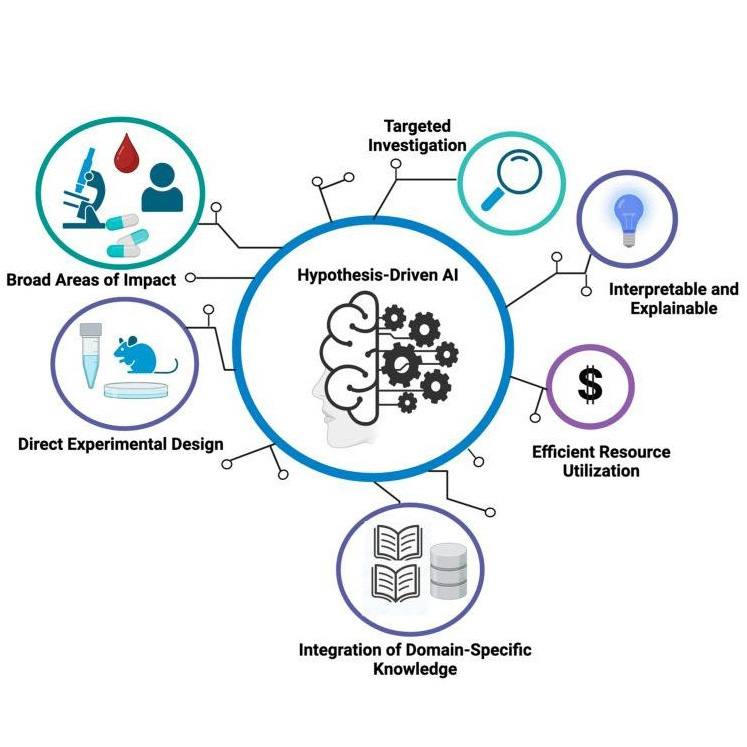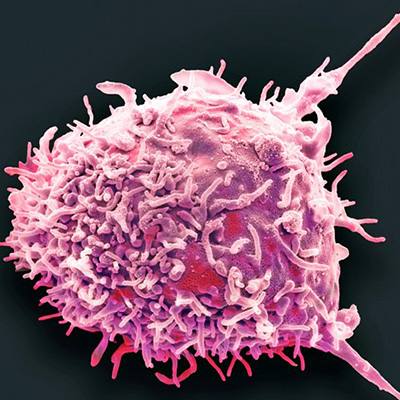-
Individualized Medicine
Science Saturday: Genetic test solves mystery of family bleeding disorder
The Riggs family had a bleeding disorder that spanned three generations and affected the health of multiple family members. They never knew the cause of it, the long term risks associated with it, or the impact it may have on future generations — until a genetic test revealed the answer.
Finding the clues to the mystery of the family bleeding disorder began when Mallory’s father, Timothy, came to Mayo Clinic for cardiovascular surgery. Before surgery he met with Mrinal Patnaik, M.B.B.S., a Mayo Clinic hematologist, specializing in the diagnosis, treatment and prevention of blood diseases.
“I looked at his medical records and it didn’t make sense,” says Dr. Patnaik. “I told him we didn’t know what exactly he had but the fact that three generations in his family all have abnormally low blood platelets makes this very likely to be something inheritable.”
Dr. Patnaik ordered a whole exome sequencing test for Timothy and Mallory. Whole-exome sequencing tests more than 20,000 genes. That represents about one percent of a patient’s DNA – the part containing the majority of useful genetic information that can pinpoint an illness.
The test showed that Timothy and Mallory had a genetic variation in a gene called RUNX1 causing them to have an abnormally low blood platelet count (thrombocytopenia). Some symptoms of a low blood platelet count may include easy or excessive bruising, superficial bleeding, and prolonged bleeding.
“This gene mutation not only causes low blood platelets, but increases the risk for certain blood cancers to develop overtime like myelodysplastic syndrome and acute myelogenous leukemia,” says Dr. Patnaik.
According to Mallory having the answers put her at ease in caring for her son Sawyer who was diagnosed with the same bleeding disorder at 10-months-old. Today, Sawyer is five-years-old and the busiest and most active of her three boys.
“Now that we have answers I can let Sawyer be himself, and be that active little boy and do all of the things that he loves and enjoys doing,” says Mallory. “We can let our kids be kids, wrestling , playing and climbing and not being so concerned about all of the what ifs.”
According to Dr. Patnaik, a genetic test for this family was valuable in finding the answer and providing hope to the family.
“Having a correct diagnosis impacts the family’s medical care today and in the future,” says Dr. Patnaik. “We now understand how to treat them for surgeries, the family has a screening tool and we are monitoring them annually.”
Patients like the Riggs family with rare and undiagnosed conditions can spend years meeting with multiple health care providers to seek a diagnosis. They often try a myriad of treatment plans that aren’t appropriate and never find the answer to what is causing their disorder.
Helping find the answer for the Riggs family inspired Dr. Patnaik to start the first-of-its-kind Premyeloid and Bone Marrow Failure Disorder Clinic so other patients could benefit from precision diagnosis and new individualized therapies.
Mayo Clinic Premyeloid and Bone Marrow Failure Disorder Clinic
- Offers genetic testing for the early detection of rare blood disorders and bone marrow cancers
- Uses DNA sequencing and conducts research to solve cases with unexplained low blood counts
- Allows for early intervention in which providers can define disease management plans
- Identifies through research how each patient’s unique genetic makeup impacts these disorders and could lead to new individualized therapies
For more information visit ClinicalTrials.gov.
- Search for NCT02958462 or via Google by title.
- The clinical service and the NIH-listed research study will appear.
- Patients can have the clinical service without doing any research.
Like this article?
Register on Center for Individualized Medicine blog and get weekly updates on our new content.
Join the conversation
For more information on the Mayo Clinic Center for Individualized Medicine, visit our blog, Facebook, LinkedIn or Twitter at @MayoClinicCIM.
Related Articles







